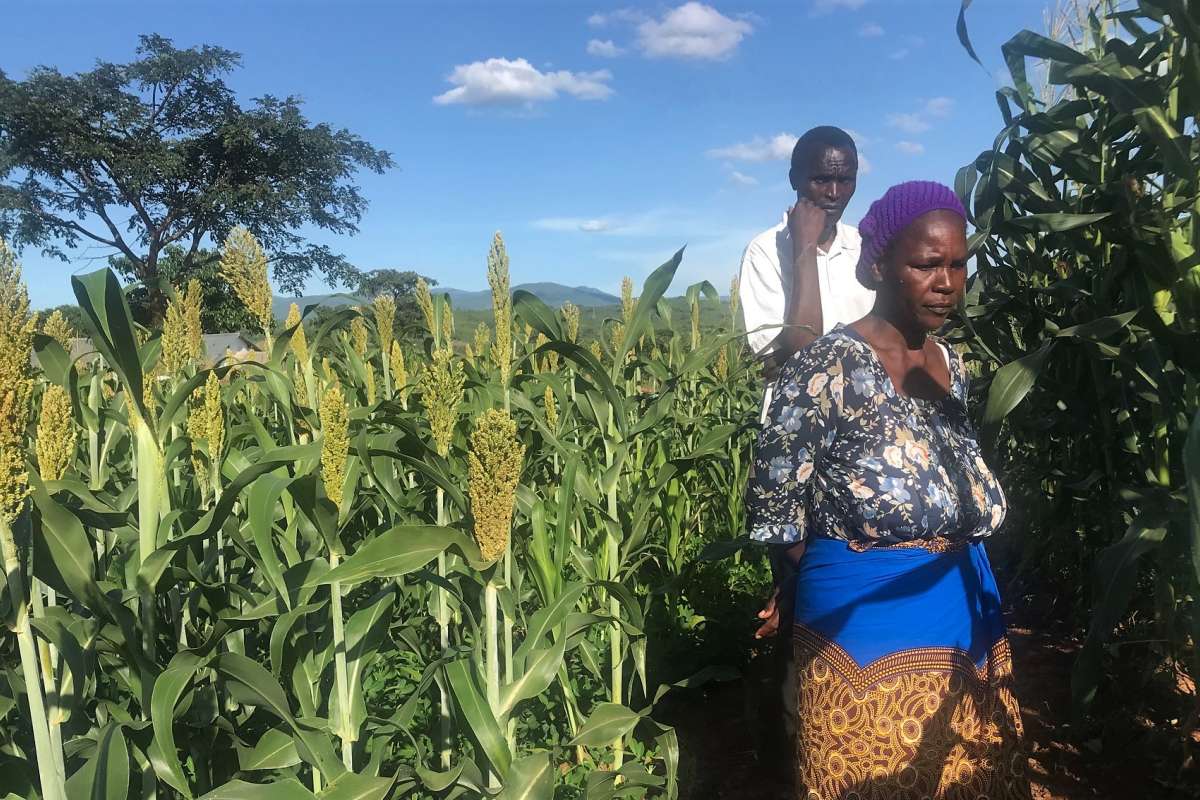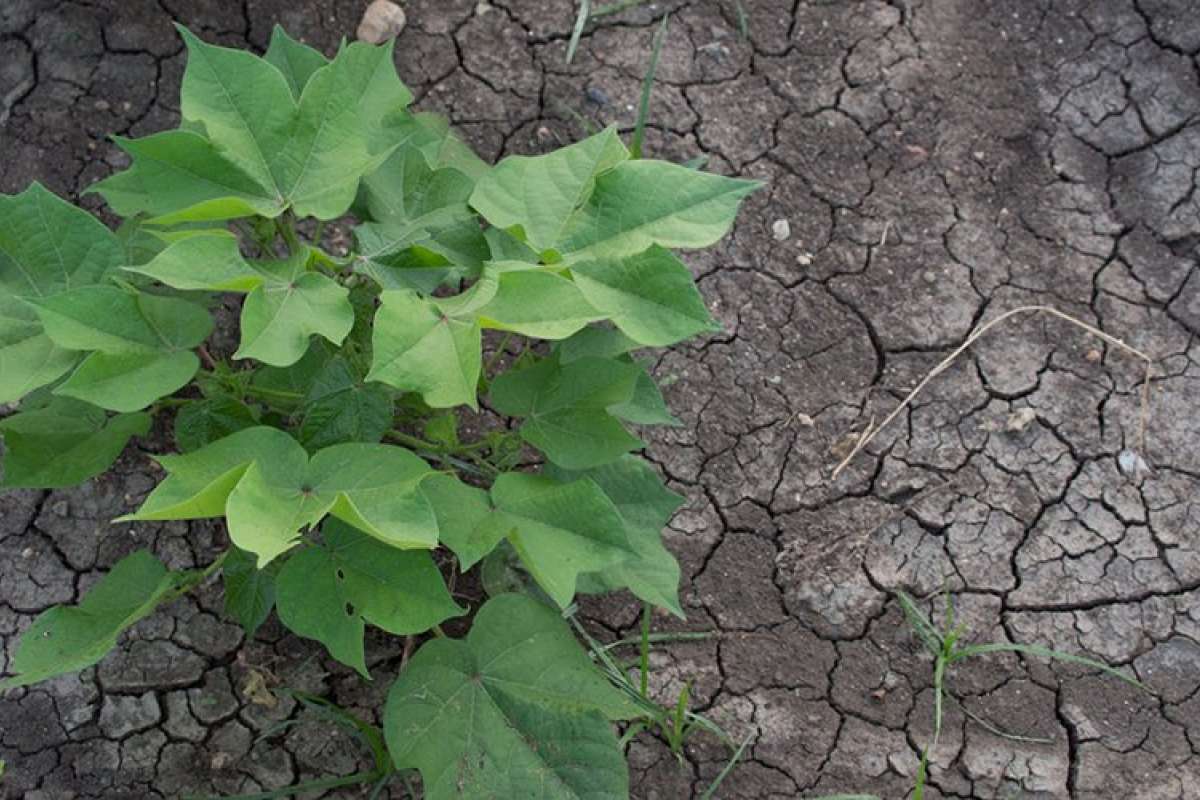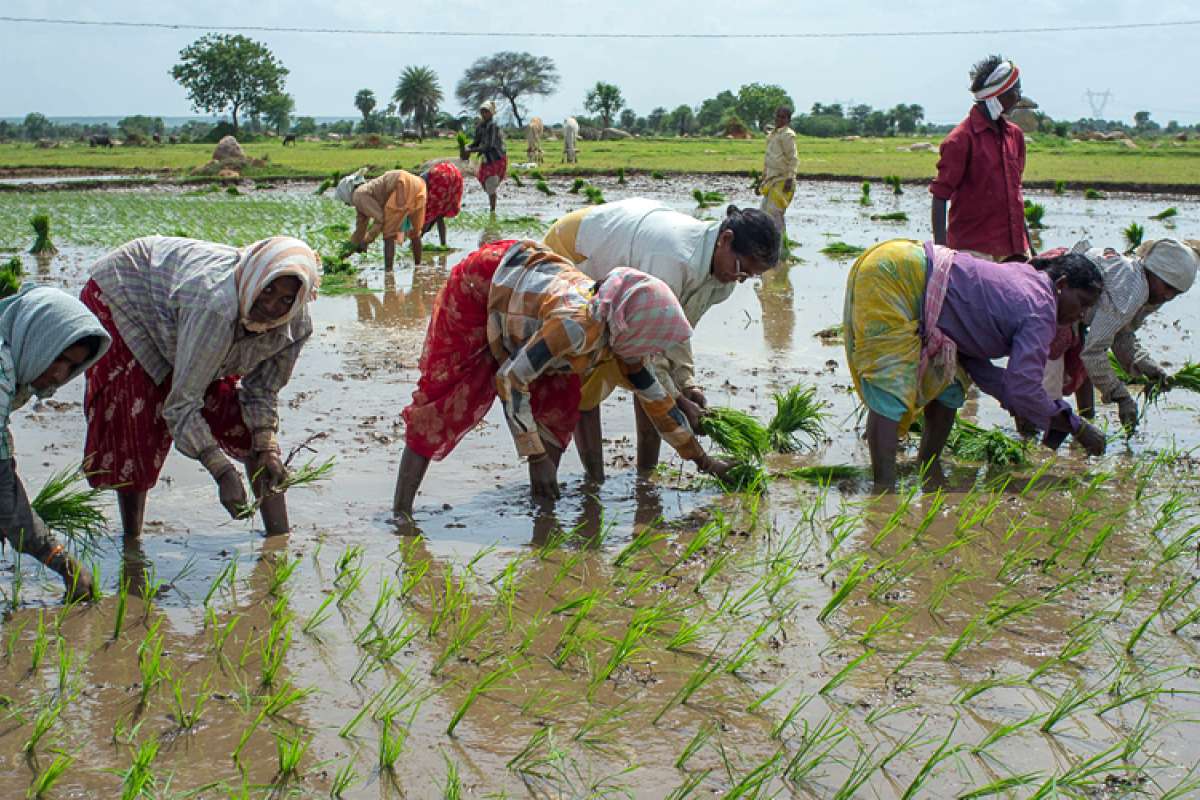New book: The Bioeconomy Approach
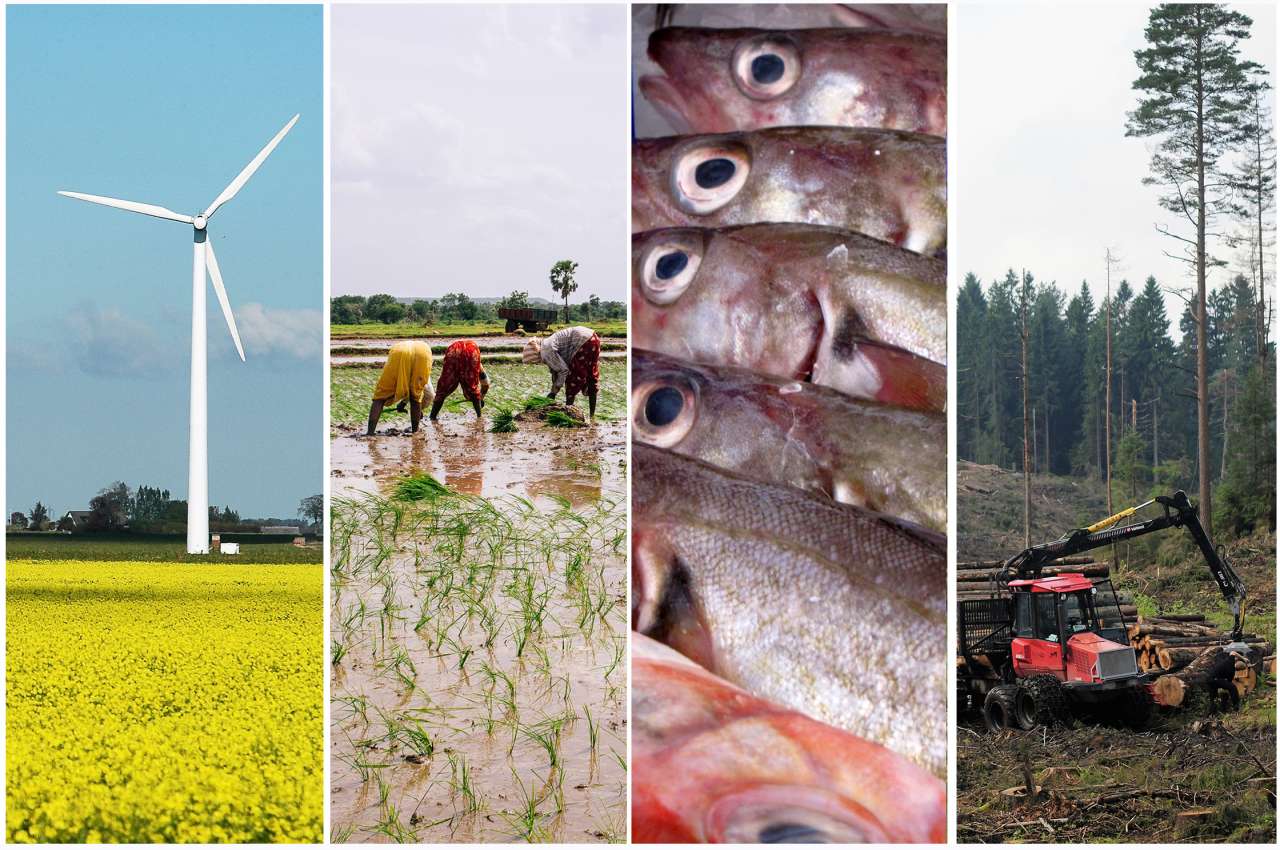
Photos: Morten Günther, Ragnar Våga Pedersen and Pixabay.
A new book examines the bioeconomy concept, analysing the opportunities it can generate, the constraints and the potential benefits for society. “A timely and innovative contribution towards understanding the relevance and practicality of bioeconomy, its concept, principles and best practices, towards achieving the Sustainable Development Goals,” Hans Dreyer, Director, AGP at FAO says.
The main objective of bioeconomy is to promote economic development, by creating jobs and enhancing the sustainable utilization of bio-resources.
In a new book edited by Dr. Udaya Sekhar Nagothu, Research Professor and Director of the Centre for International Development at NIBIO, a unique collection of perspectives on the complex dimensions of the bioeconomy debate is presented. The book, entitled The Bioeconomy Approach: Constraints and Opportunities for Sustainable Development was released at Routledge on April 1st this year.
“The sustainable bioeconomy approach has gained importance among scientists and policymakers as one of the most promising alternative paradigms to address the sustainable development goals. However, one must be careful with the environmental and social risks associated with new paradigms. The fundamental premise should be to ensure healthy livelihoods in a healthy ecosystem,” Dr. Nagothu says.
His intention with the book, which includes contributions from 41 experienced researchers and consultants from a wide range of disciplines and countries, is to provide a better clarification of the bioeconomy concept along with analyses of associated risks and opportunities.
“Furthermore, our aim is to highlight the multi-dimensional benefits of sustainable bioeconomy development, including circular bioeconomy,” Dr. Nagothu says, adding, “As the impacts of the bioeconomy spread beyond local and regional borders, a common agenda is necessary to keep a balance between the economic, environmental and social sustainability goals.”
International focus
The Bioeconomy Approach draws on experiences from Europe, Asia and Africa and includes chapters which address several issues, including coastal-land interactions, ecosystem services, food production, rural development, agriculture, forest management and bioenergy.
The Norwegian Minister of Agriculture and Food, Olaug V. Bollestad, says the book provides an excellent review of the bioeconomy concept from several countries, covering various disciplines and sectors including agriculture, forestry and fisheries.
“This is highly appropriate at a time when the world is faced with the global grand challenges and an ambitious target to meet the sustainable development goals,” she says.
Director Hans Dreyer, AGP at UN’s Food and Agriculture Organisation agrees, and writes in his review that the book deserves to be read and used widely.
Provides recommendations for bioeconomy development
As a whole, The Bioeconomy Approach outlines the role bioeconomy can play in contributing to the United Nations Sustainable Development Goals (SDGs) without compromising on the ecological sustainability and equitable distribution of benefits.
According to Senior Vice-Rector at the United Nations University in Japan, Taikan Oki, the book provides potential pathways for successful implementation of sustainable bioeconomy, through comprehensive coverage of relevant sectors in various parts of the world.
“This is in line with the United Nations University’s expectations on bioeconomy to be a resort for environmental, social and economic sustainability,” he writes in his review.
The Bioeconomy Approach: Constraints and Opportunities for Sustainable Development is available as hardback and eBook, and can be purchased from Routledge’s website. The main target groups are students and scholars of ecological economics, development economics and environmental economics, as well as policy-makers and practitioners involved in sustainable development.
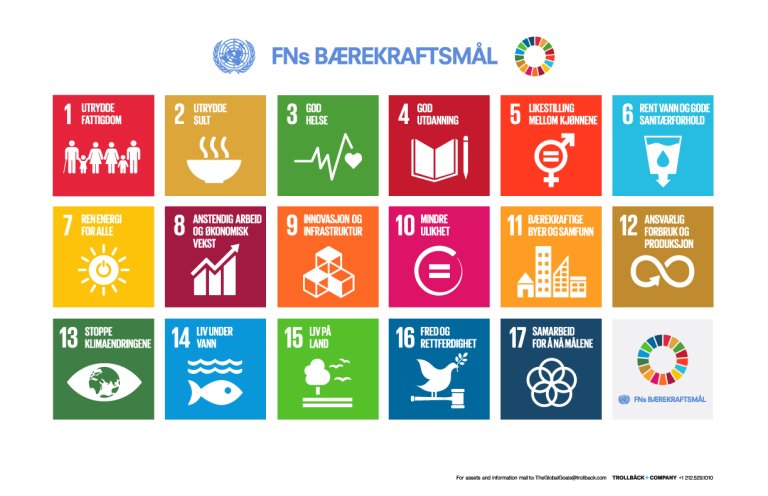
Contacts
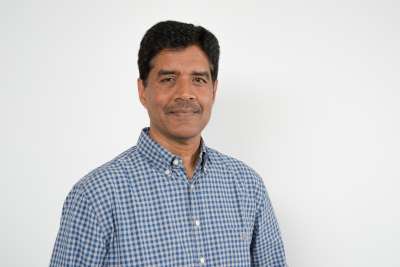
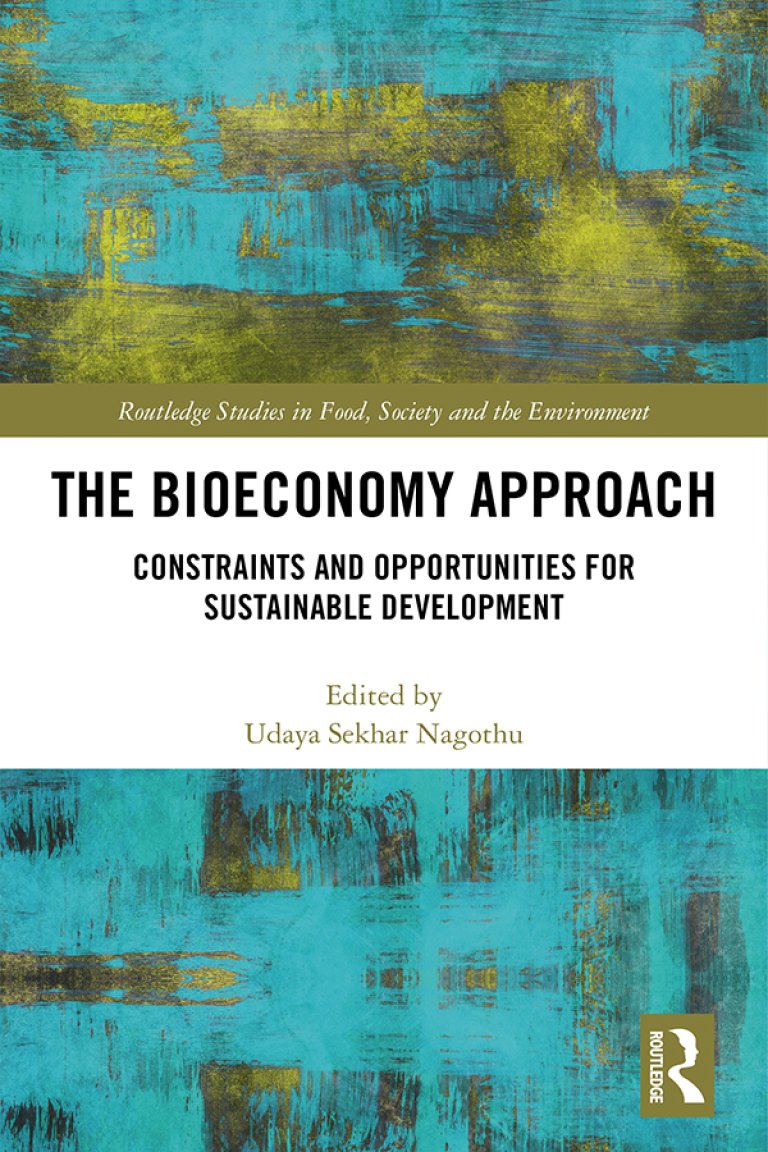
List of contents
1. The bioeconomy approach and sustainable development: a review of the concept, opportunities and constraints
Udaya Sekhar Nagothu, Takanori Nagano
2. Sustainable biomass production from oceans and the potential for circular bioeconomy
Trond Rafoss, Udaya Sekhar Nagothu
3. Land and ocean connection through iron transport by rivers: the case of the Amur-Okhotsk ecosystem (Giant Fish-Breeding Forest)
Takeo Onishi, Takayuki Shiraiwa
4. Evaluating local sustainability, including ecosystem services provided by rural areas to cities to promote bioeconomy
Tohru Nakashizuka, Kunihiko Kobayashi, Rei Shibata, Masahiro Aiba, Takahiro Sasai, Michio Oguro, Hiroko Kurokawa, Shunsuke Managi
5. Transition towards bio-based economy in small-scale agriculture in Sub-Saharan Africa through sustainable intensification
Mehreteab Tesfai, Giacomo Branca, Luca Cacchiarelli, Chiara Perelli, Udaya Sekhar Nagothu
6. Save and Grow: sustainable intensification of crop production and innovative market linkages for building resilient rural economies in the Greater Mekong subregion
Jan Willem Ketelaar, Alma Linda M Abubakar, Avakat Phasouysaingam, Vornthalom Chanthavong, Ngo Tien Dung, Mayling Flores Rojas, Abha Mishra, Peter Sprang
7. Protected cultivation of vegetables in Sub-Saharan Africa: scope and impacts
Hugo Despretz, Thibault Nordey, Armel Clement Goudjo Mensah
8. Mediterranean anthroscapes: a bioeconomy domain for sustainable land use
Erhan Akca, Suha Berberoglu, Takanori Nagano, Selim Kapur
9. Centrum Woods Vision: creating new value chains for sustainable woods management in Japan
Takanori Nagano, Yuka Bando, Yutaka Okano, Daisuke Maki, Takahiro Ueyama
10. Promoting sustainable biogas technology development through integrated food and energy systems
Roar Linjordet, Divina Gracia P. Rodriguez, Mehreteab Tesfai, Anne Strøm Prestvik, Salome Modiselle, Primrose Magama, Mokhele Moeletsi
11. The need for stakeholder engagement and participative governance to promote bioeconomy
Divina Gracia P. Rodriguez, Anne Strøm Prestvik
12. Conclusion and future directions
Udaya Sekhar Nagothu
Contacts


